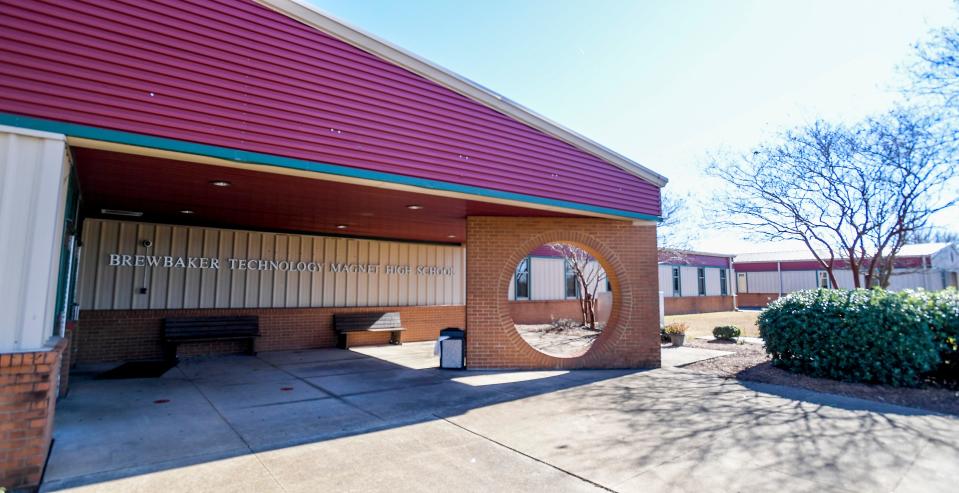Timeline: History of Montgomery's magnet schools
This timeline is part of a series about the past, present and future of Montgomery’s public magnet schools. This story was produced with support from the Education Writers Association's Reporting Fellowship program.
1984: Facing a lawsuit from the federal government for not properly desegregating the school system, administrators agreed on a series of requirements — most notably that the school would create two magnet schools at the high school level: Carver Creative and Performing Arts Center, or CCPAC, and Lanier Academic Magnet Program, or LAMP.

1985: A magnet arts program is chosen for Carver; an academic-based magnet was planned for Lanier. On a first-come, first-served basis, Montgomery students could learn the arts at Carver or go to Lanier to receive the most rigorous academic education the school district offered.
1988: Some school board members begin to discuss flaws in the magnet school design. School board member Sandie Barnett says the magnets would destroy the concept of neighborhood schools in Montgomery and contribute to the destruction of West Montgomery.
1989: The magnet system now includes Forest Avenue Academic Magnet School, Baldwin Middle Magnet and Carver Elementary and Arts Magnet School.
1991: The school board considers cutting LAMP and CCPAC program funding by up to 50%. This angers parents and advocates, who lobby the school board. Ultimately, all requested funds are allocated to the magnets.
1995: The school system is interested in a grant of more than $10 million to expand magnet schools, but it requires a lottery be added to the admissions process.
1995: The magnet school at MacMillan launches.

1996: The Math, Science and Technology Exploration Center at Bear Elementary opens.
1996: Floyd Middle is to be renamed Floyd Magnet Middle.
1999: Plans to move LAMP from Lanier raises concerns among Black community leaders, who called it a plan to “resegregate” Montgomery. The school board decides to use money from a bond issue to build more schools on Montgomery's east side — a predominately white area of town. Montgomery Public Schools' “main focus right now is to get [Black] kids out of east Montgomery schools,” then Montgomery state Rep. John Knight said in criticizing the plan.
1999: In a 5-1 vote, the Montgomery school board grants LAMP its own building at what had been the Loveless School. School board member Herman Harris says many schools in Montgomery still were not integrated — and he did not believe they would be in his lifetime.
2000: Brewbaker Technology Magnet High School prepares for 2001 opening.

2000s: AP (Advanced Placement) classes begin falling away from traditional schools, while magnet schools, including BrewTech, gains more opportunities. “If all the magnet students were placed back into the regular schools, they would take the AP classes there and more traditional students would follow,” said Lewis Washington, then Lanier principal, in 2005. Students feed off of each other; they are highly competitive. Students also tend to pull each other up.”
2015: A Department of Education Office of Civil Rights investigation from the 2009-'10 school year prompts Montgomery Public Schools to halt the ranking of applicants in its magnet admissions policies. Rather, all students who meet the minimum qualifications will be entered into a lottery.

2022: Dr. Melvin Brown accepts the MPS superintendent role and embarks on a series of town halls in the community. Parents again and again raise concerns about equity in the school district.
2023: In an interview with the Montgomery Advertiser about magnet education, MPS Superintendent Brown says he wants to enhance opportunities and have unique opportunities that all kids can access. "Do all schools have significant, unique opportunities that kids can access? We don't have that right now. That's something we want to create. To me, that's the priority."
— Details for this timeline were derived from the Montgomery Advertiser archives.
Jemma Stephenson is the children and education reporter for the Montgomery Advertiser. Follow her on Twitter at @jk_stephenson.
This article originally appeared on Montgomery Advertiser: Timeline: History of Montgomery's magnet schools

